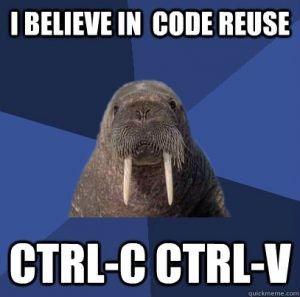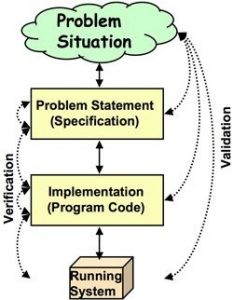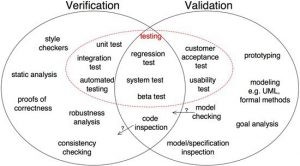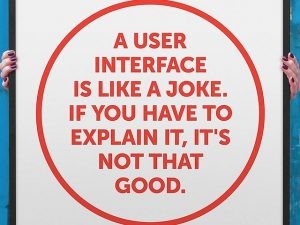--Originally published at Hermes's Blog
I have some things left to work in the api before helping Marco or Francisco with the mobile app and the tests.
- Pool owners can specify custom amounts for each user, but they cannot make it automatic, I have to put a flag in the pool creation to set if the users will be charged the same amount, and also update everyones debt if a new user joins (This will only be updated if the pool has not started yet, because then users can start paying).
- I need to notify users if they have a debt that have not paid (when the pool end date arrives).
- With cash, owners should confirm the amount the users claim to have paid.
- Store profile pics somewhere.
That’s what I’ll work this week, even if I don’t finish all of this I’ll start working in the Android app with Marco.














